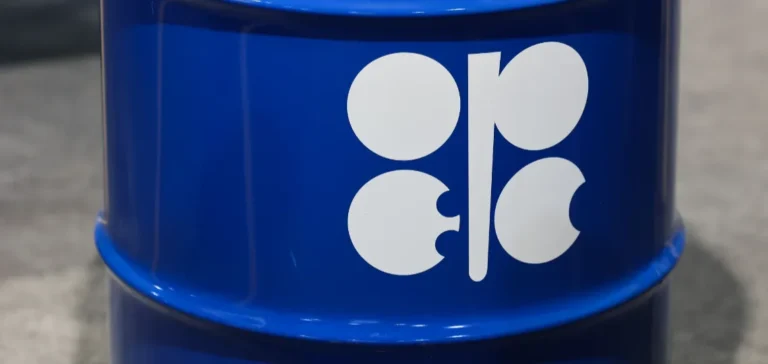Eight members of the Organisation of the Petroleum Exporting Countries and its allies (OPEC+) are considering raising oil production starting in November, while the group’s two largest producers, Saudi Arabia and Russia, remain at odds over the volume to be released. Saudi Arabia is advocating for a substantial increase to regain market share, while Russia supports a more cautious approach.
According to several sources familiar with the talks, Riyadh is pushing for a production hike between 274,000 and 548,000 barrels per day, two to four times the currently expected figure. In contrast, Moscow is proposing a limited increase of 137,000 barrels per day, similar to the one implemented in October. This conservative stance is partly due to international sanctions that limit Russia’s ability to raise production quickly.
A gradual reversal after deep cuts
OPEC+ is continuing to unwind the voluntary output reductions introduced since April, which totalled 5.85 million barrels per day. A first layer of 2.2 million barrels per day was already lifted in September. For October, a second phase of 1.65 million barrels per day began to be removed, with an initial increase of 137,000 barrels per day.
Saudi Arabia, with substantial technical capacity, is looking to accelerate the pace of output recovery. The kingdom aims to consolidate its global market position as demand remains robust in certain regions. Russia, however, faces logistical and financial constraints and is concerned that excess supply could place downward pressure on prices.
Upcoming meeting and market reaction
An online meeting including the eight producers is scheduled for Sunday. No official comments have been provided by OPEC+ or by Russian and Saudi authorities. However, a previous statement by the organisation ruled out a 500,000 barrel per day increase, considering it too aggressive under current market conditions.
Oil markets have reacted by pricing in a potential oversupply. Brent crude fell more than 7% over the week, though it remained above $64 per barrel. This drop comes despite a strong rebound from the April low of nearly $58.
Goldman Sachs stated on Tuesday it expected a production increase of 140,000 barrels per day, closely aligned with the Russian position. The final adjustment will likely result from a compromise between Saudi ambitions and Russian limitations, as the collective 2 million barrel per day cut remains in place until the end of 2026.






















